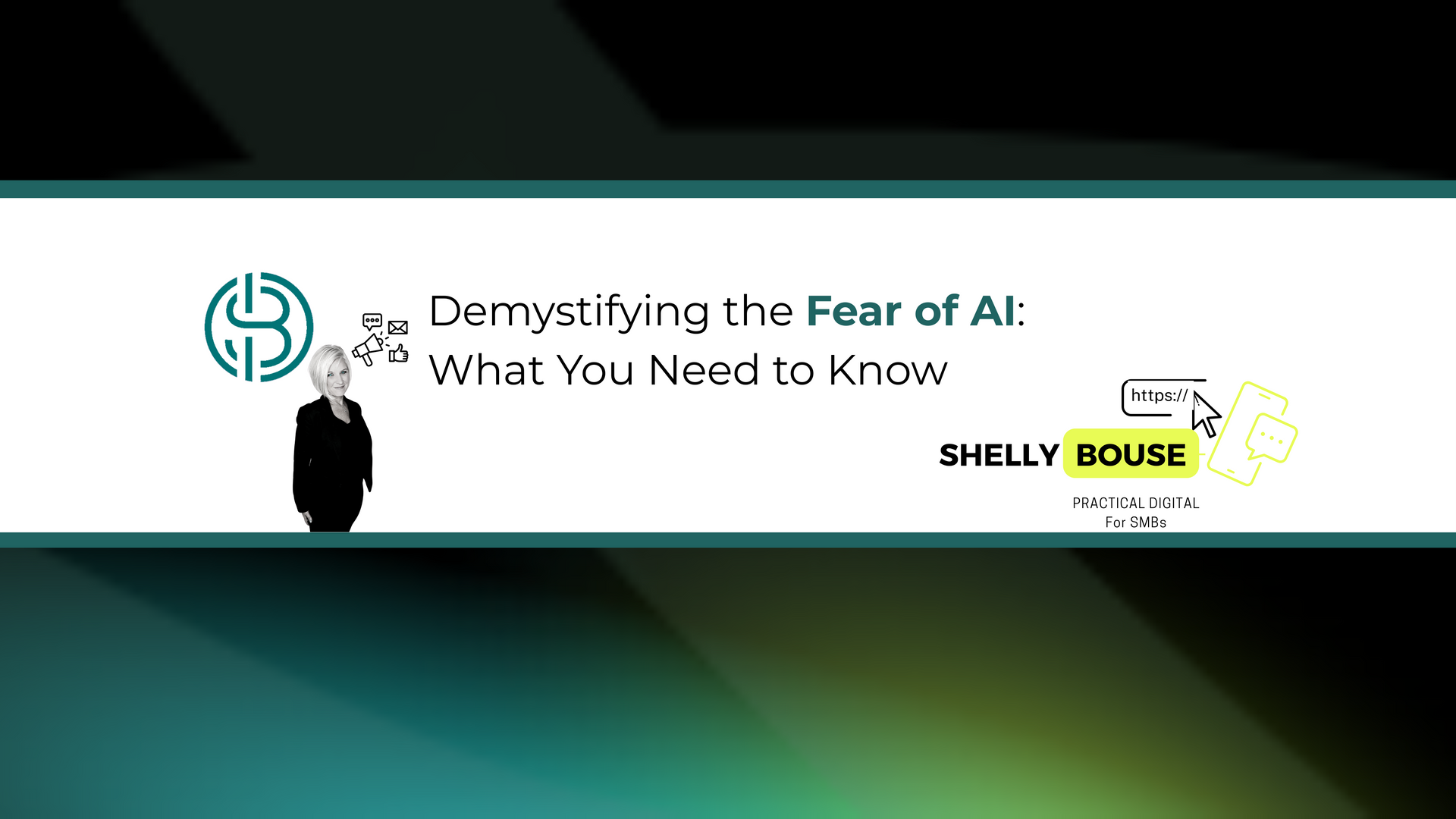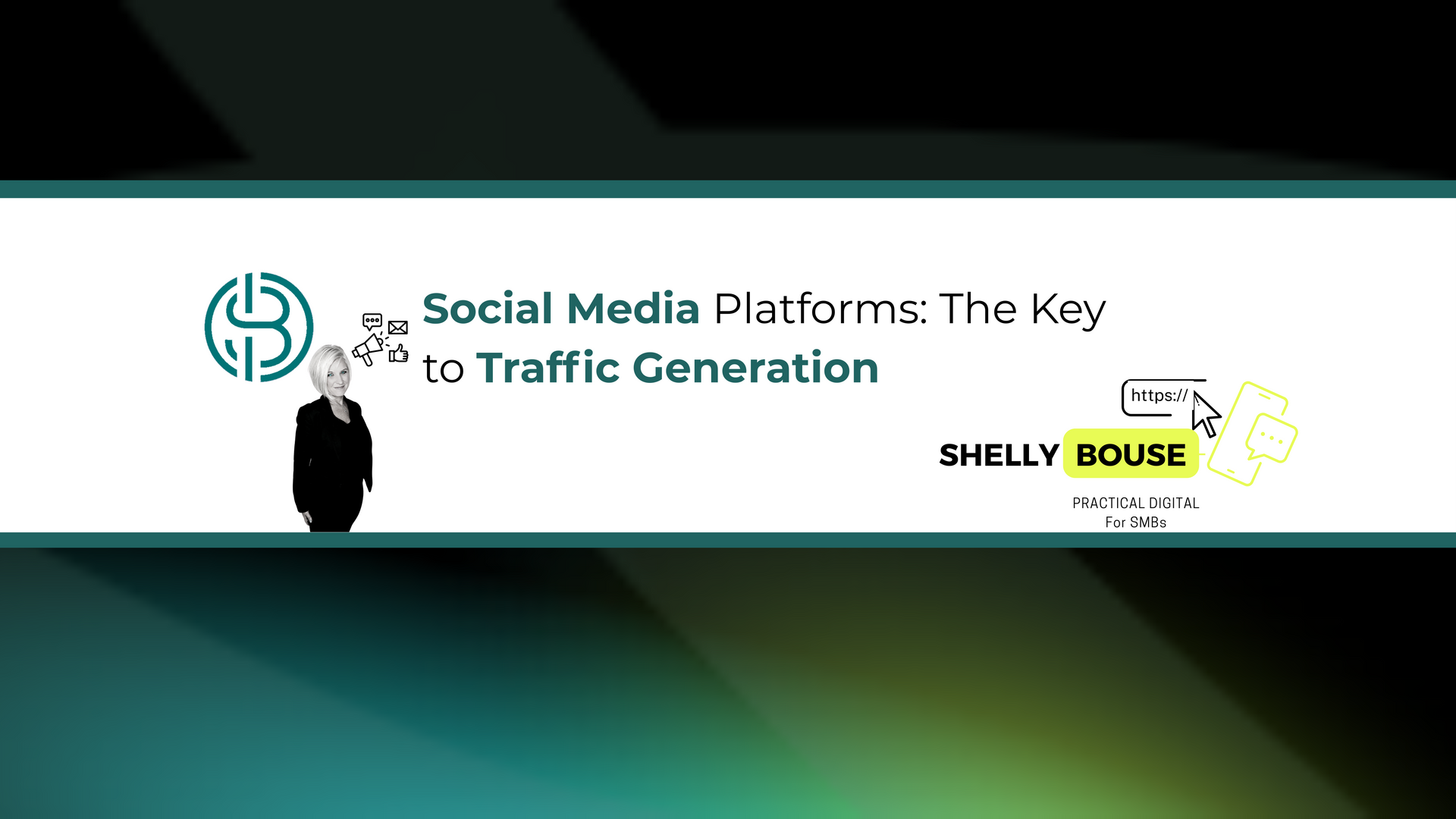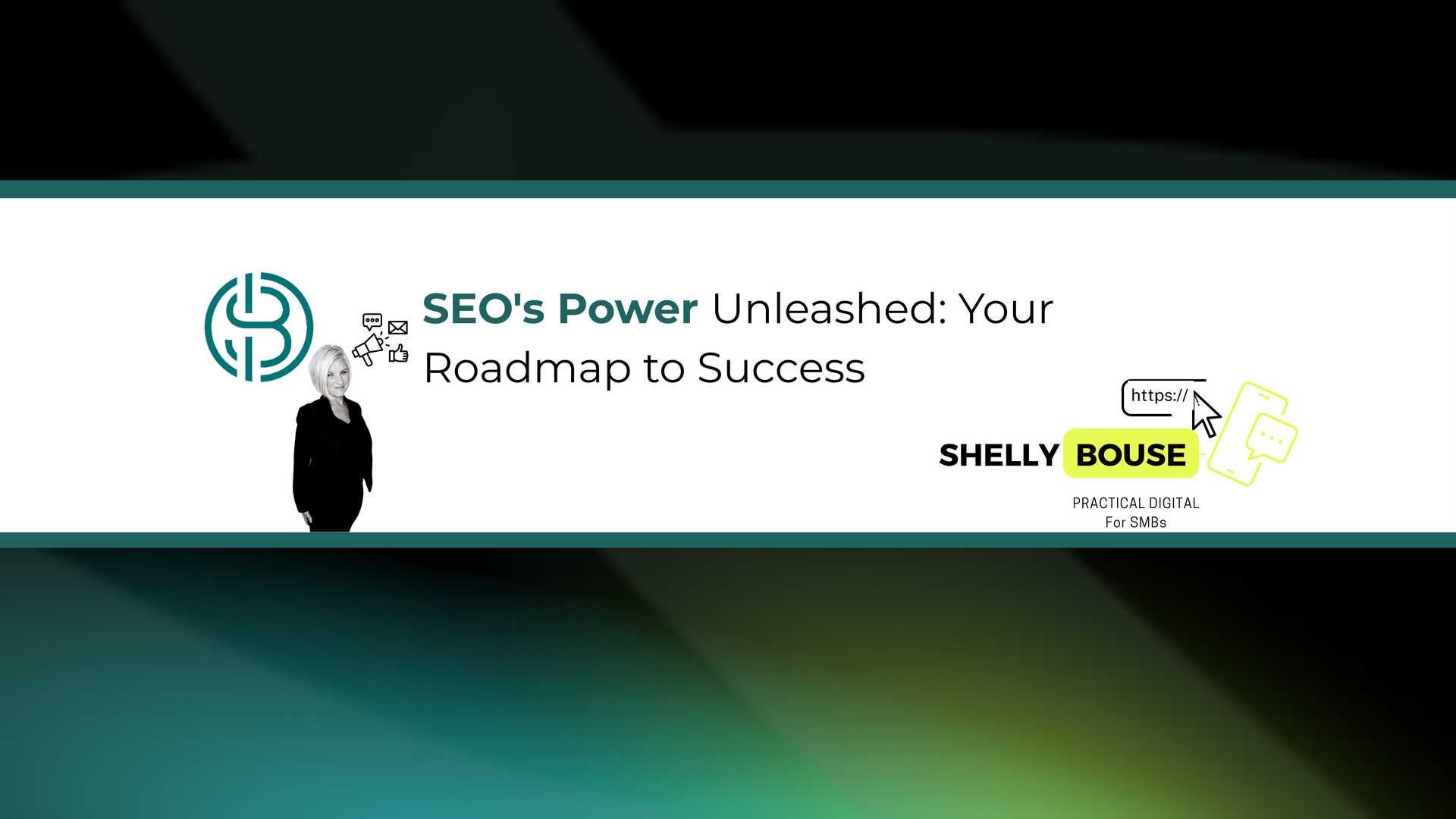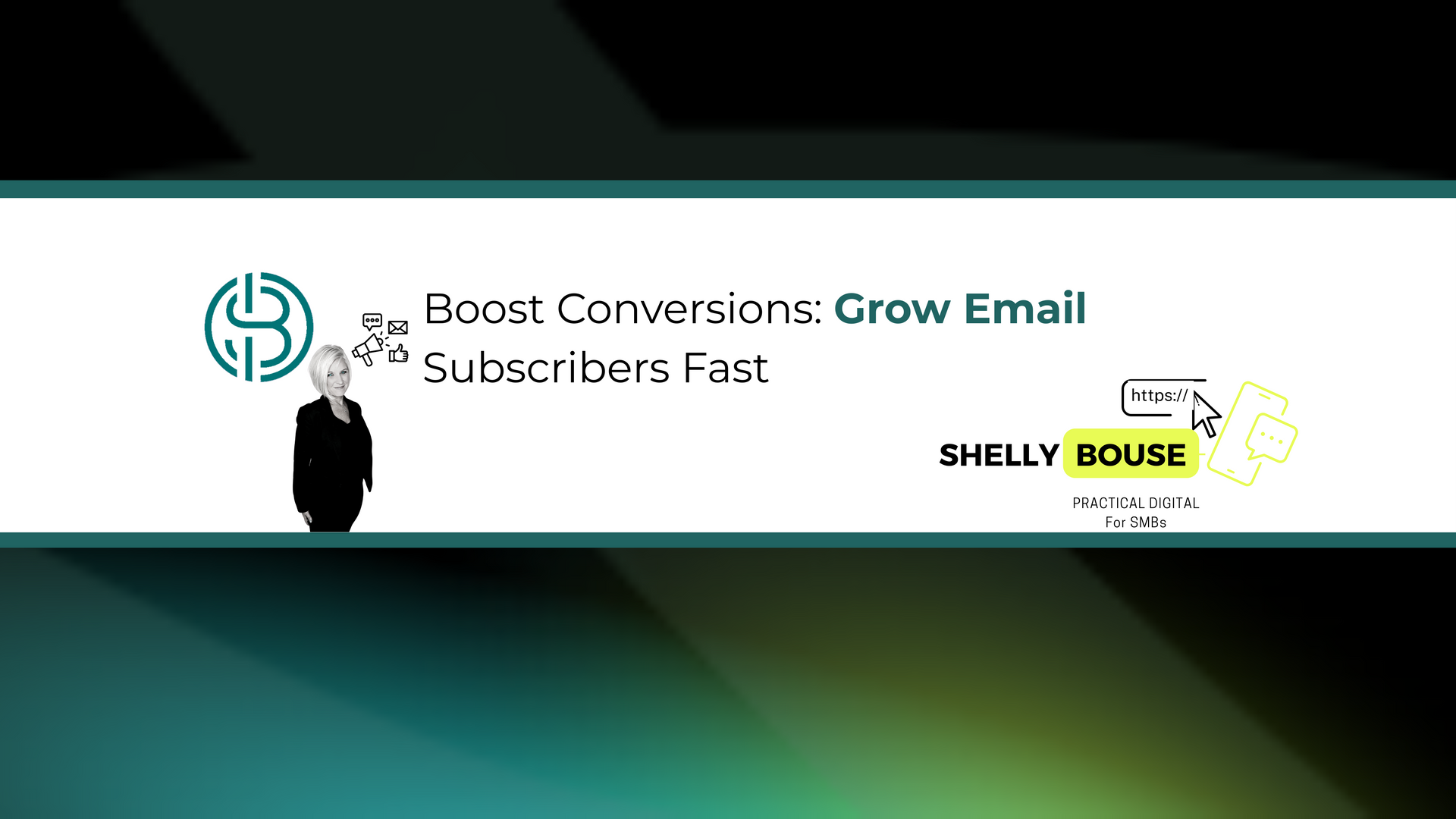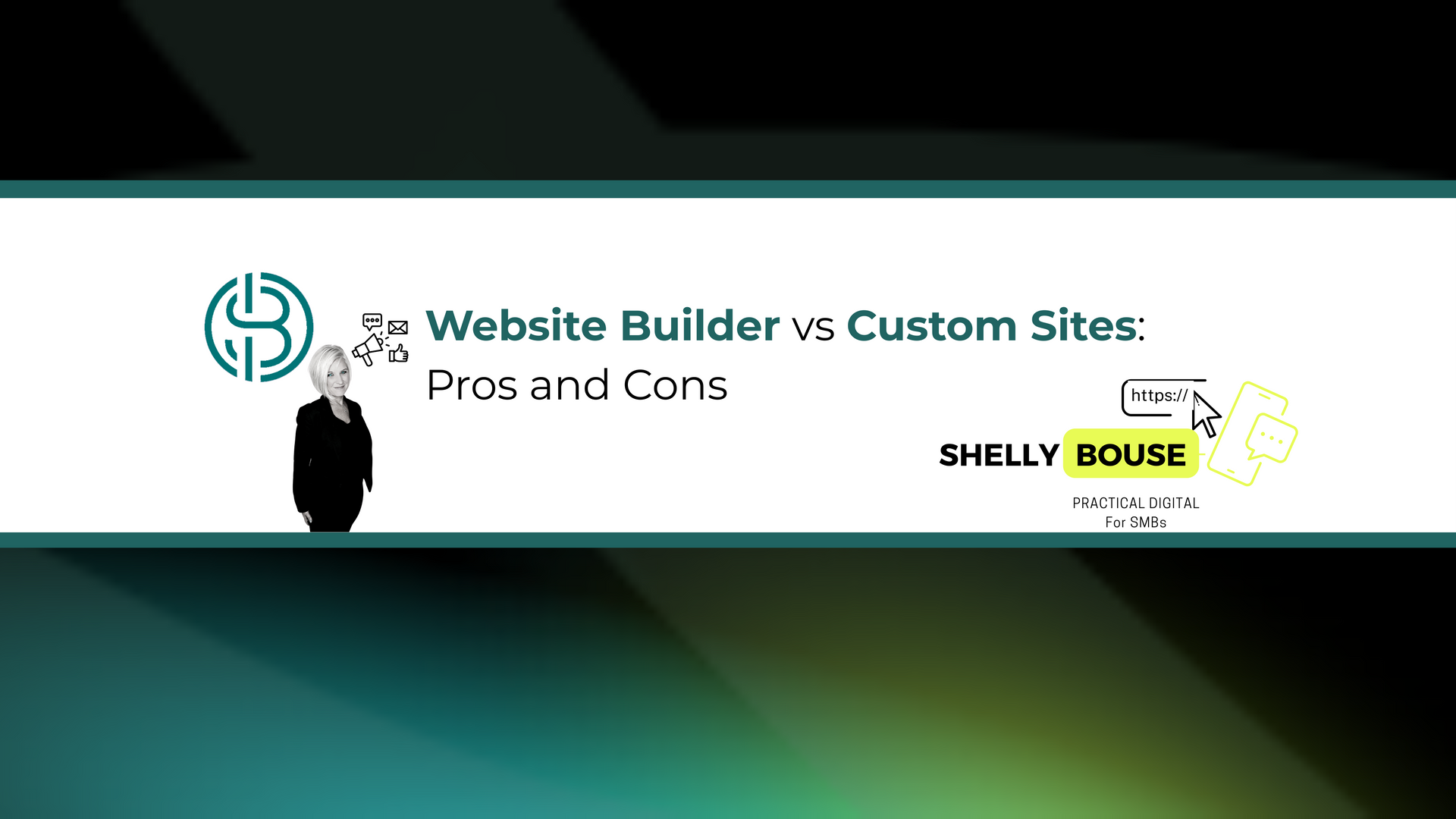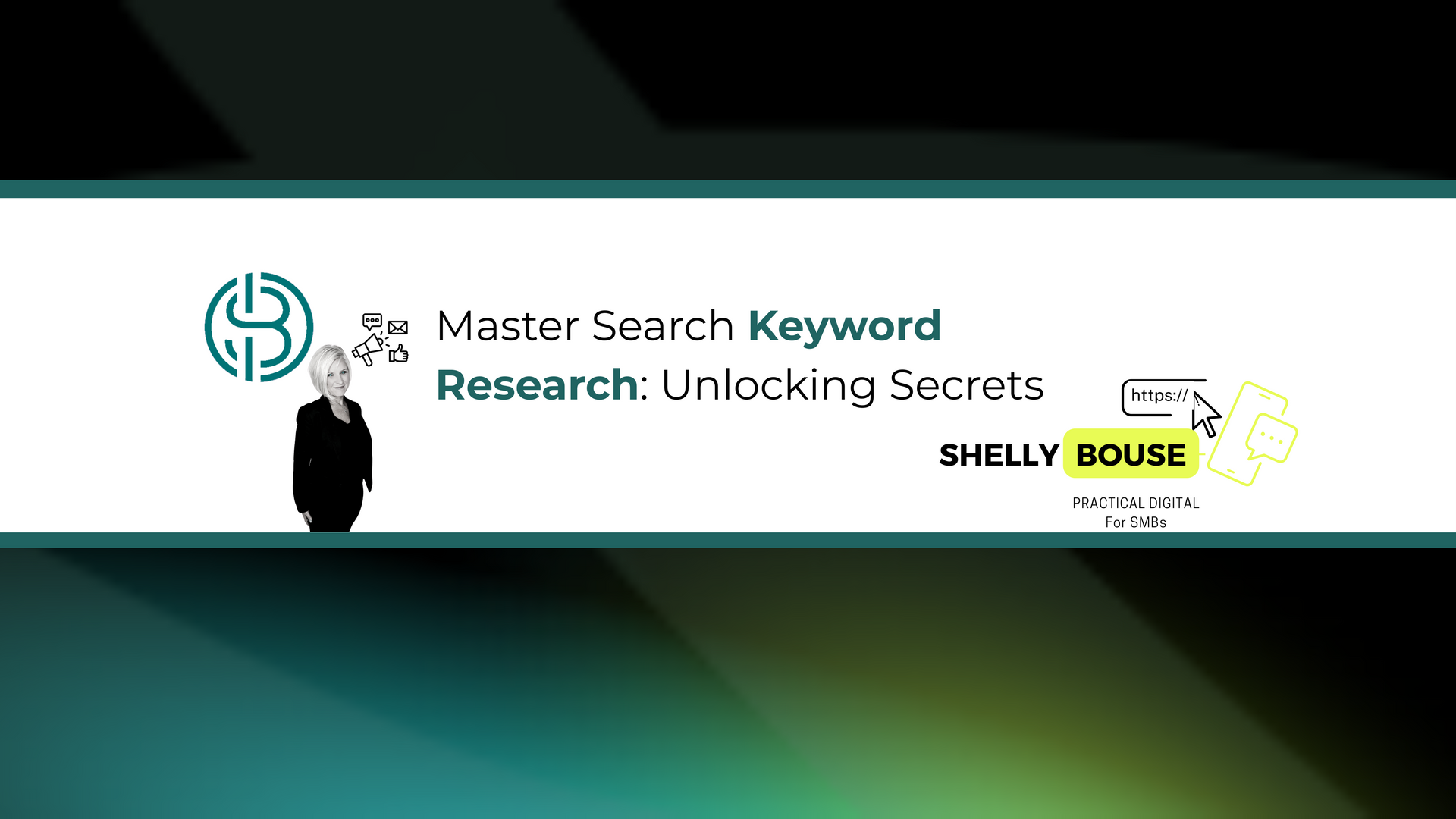Understanding the Lifetime Value of A Customer
Shelly Bouse • April 14, 2025
Understanding the Lifetime Value of a Customer
Unlocking the Power of Customer Lifetime Value: Your Key to Business Growth
The CLV Revolution: More Than Just a Number
Imagine having a crystal ball that could predict how much a customer will spend with your business over their entire relationship with you. That's essentially what CLV does. It's not just a financial metric; it's a powerful tool that can reshape your entire marketing strategy . CLV takes into account various factors such as:
- Purchase frequency
- Average order value
- Customer retention rate
By understanding these elements, you can identify your most valuable customers and tailor your marketing efforts to maximize their potential.
Why CLV Matters: The Bottom Line and Beyond
Understanding CLV isn't just about boosting profits (although that's certainly a nice perk). It's about creating a customer-centric business model that fosters loyalty and drives sustainable growth. Here's why CLV should be on every business owner's radar:
- Informed Decision Making: CLV provides a data-driven foundation for strategic decisions, from marketing budgets to product development.
- Optimized Marketing Spend: By knowing the potential value of each customer, you can allocate your marketing resources more effectively.
- Enhanced Customer Experience: Understanding CLV helps you invest in the right areas to improve customer satisfaction and loyalty.
- Competitive Edge: Businesses that leverage CLV insights can outperform competitors by focusing on high-value customer segments.
Calculating CLV: A Step-by-Step Guide
- Identify Average Order Value: Total revenue ÷ Number of orders
- Determine Purchase Frequency: Number of orders ÷ Number of unique customers
- Calculate Customer Value: Average Order Value × Purchase Frequency
- Measure Customer Lifespan: Average number of years a customer continues purchasing
- Compute CLV: Customer Value × Customer Lifespan
For a more in-depth analysis of your CLV and other key metrics, consider a comprehensive SEO audit and strategy.
Calculate Your Customer Lifetime Value
Ready to put your knowledge into practice? Use our interactive Customer Lifetime Value (CLV) calculator below to estimate the long-term value of your customers and gain insights that can drive your business strategy.
Boosting Your CLV: Strategies for Success
Now that you understand the importance of CLV, how can you improve it? Here are some proven strategies:
- Implement a Loyalty Program: Reward your most valuable customers and incentivize repeat purchases.
- Personalize the Customer Experience: Use data to tailor your offerings and communications to individual preferences.
- Provide Exceptional Customer Service: A positive experience can turn a one-time buyer into a lifelong advocate.
- Upsell and Cross-sell Strategically: Offer complementary products or upgrades that genuinely add value for your customers.
- Engage Through Multiple Channels: Meet your customers where they are, whether it's social media , email, or in-person interactions.
For more strategies on retaining valuable customers, check out our guide on essential customer retention strategies.
Common CLV Pitfalls to Avoid
While CLV is a powerful tool, it's important to use it wisely. Here are some common mistakes to watch out for:
- Neglecting Customer Segmentation : Not all customers are created equal. Segment your audience to target high-value customers effectively.
- Focusing Solely on Acquisition: While new customers are important, don't forget about retaining and nurturing your existing customer base.
- Ignoring the Customer Experience: A high CLV means nothing if your customers aren't satisfied with your products or services.
The Future of Business: CLV-Driven Success
As we move into an increasingly data-driven business world, CLV will continue to play a crucial role in shaping successful strategies. By understanding and leveraging this metric, you can create a business that not only attracts customers but keeps them coming back for years to come.
Remember, CLV isn't just about numbers—it's about building lasting relationships with your customers. By focusing on increasing CLV, you're not just boosting your bottom line; you're creating a sustainable, customer-centric business that's built for long-term success.
Ready to revolutionize your approach to customer value? Start calculating your CLV today and watch your business transform! For more insights on leveraging CLV and other digital marketing strategies, explore our content marketing services .
Frequently Asked Questions About The Lifetime Value of A Customer
1. What's the difference between Customer Lifetime Value (CLV) and Customer Acquisition Cost (CAC)?
- Customer Lifetime Value (CLV) estimates the total revenue a business can expect from a single customer account throughout the business relationship.
- Customer Acquisition Cost (CAC) is the total cost of acquiring a new customer, including marketing and sales expenses.
Ideally, your CLV should be significantly higher than your CAC to ensure profitability. For more insights on balancing these metrics, check out our guide on marketing strategy .
2. How often should I calculate CLV?
It's recommended to calculate CLV regularly, ideally quarterly or bi-annually. This allows you to track changes over time and adjust your strategies accordingly. However, the frequency may vary depending on your business model and customer behavior patterns. Regular data analysis and reporting can help you determine the best schedule for your business.
3. Can CLV be used for B2B businesses?
Absolutely! While CLV is often associated with B2C companies, it's equally valuable for B2B businesses. In B2B contexts, CLV can help prioritize accounts, tailor service levels, and inform account-based marketing strategies. The calculation might be more complex due to longer sales cycles and varied contract values, but the insights are just as valuable.
4. How can I improve my company's CLV?
Improving CLV involves various strategies:
- Enhance customer experience to increase satisfaction and loyalty
- Implement effective customer retention strategies
- Upsell and cross-sell to increase average order value
- Personalize marketing efforts based on customer data
- Provide excellent customer service to build long-term relationships
For more detailed strategies, explore our content marketing services .
5. What's a good CLV to CAC ratio?
A generally accepted benchmark is a CLV to CAC ratio of 3:1, meaning your CLV should be at least three times your CAC. However, this can vary by industry and business model. If your ratio is lower, it might indicate a need to either reduce acquisition costs or increase customer value through improved retention and upselling strategies.
6. How does CLV relate to customer segmentation?
CLV is a powerful tool for customer segmentation. By analyzing CLV across different customer groups, you can identify your most valuable segments and tailor your marketing and service strategies accordingly. This targeted approach can lead to more efficient resource allocation and improved overall business performance.
7. Can artificial intelligence help in calculating and leveraging CLV?
Yes, artificial intelligence and machine learning can significantly enhance CLV calculations and applications. AI can process vast amounts of customer data to provide more accurate CLV predictions, identify patterns in customer behavior, and even suggest personalized strategies for increasing CLV. To learn more about leveraging AI in your marketing efforts, check out our AI and automation solutions .
By understanding and applying the concept of Customer Lifetime Value, you're taking a crucial step towards more strategic, customer-centric business growth. Remember, CLV is not just a metric—it's a powerful tool that can transform your approach to customer relationships and drive long-term success.

